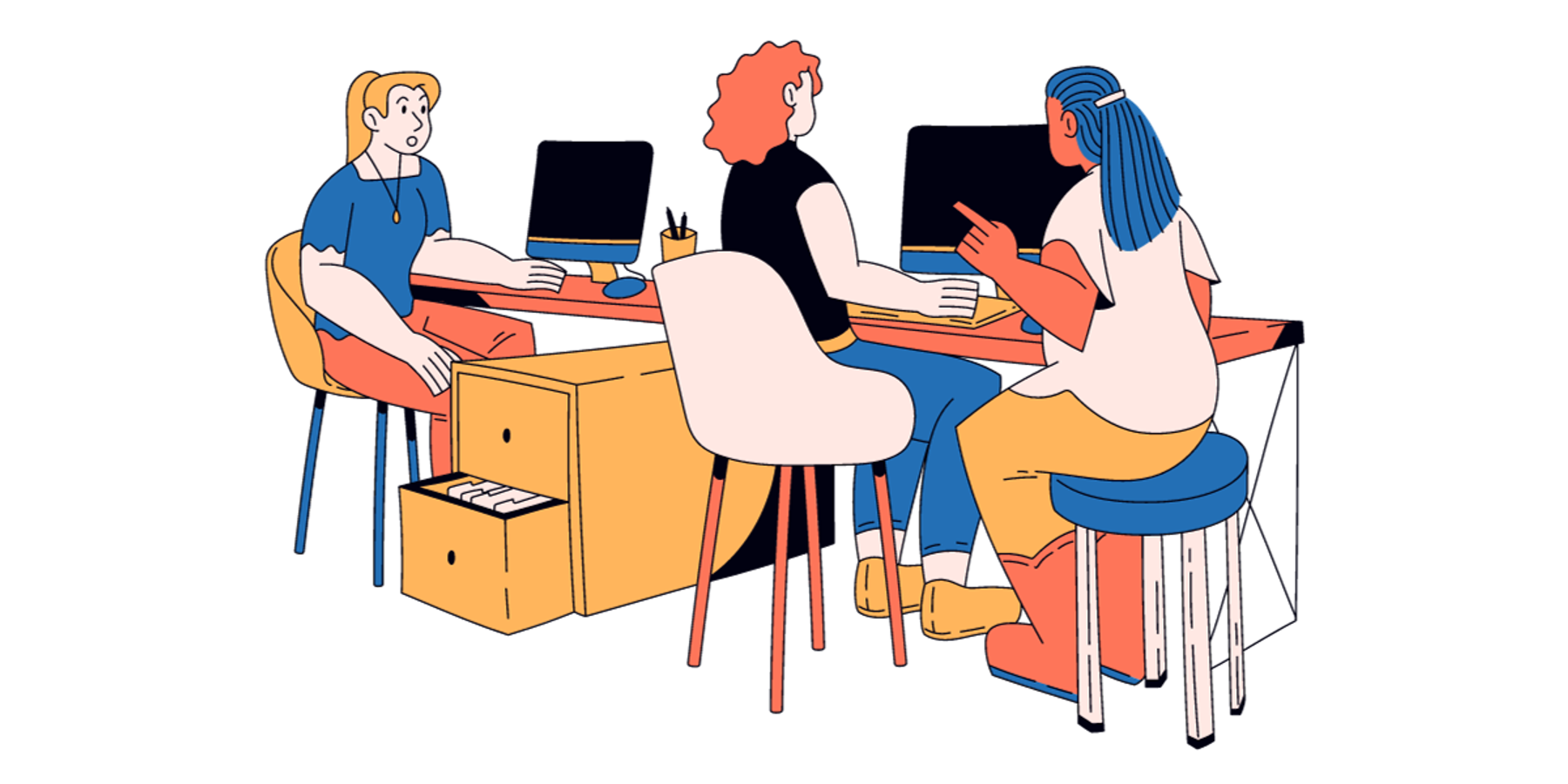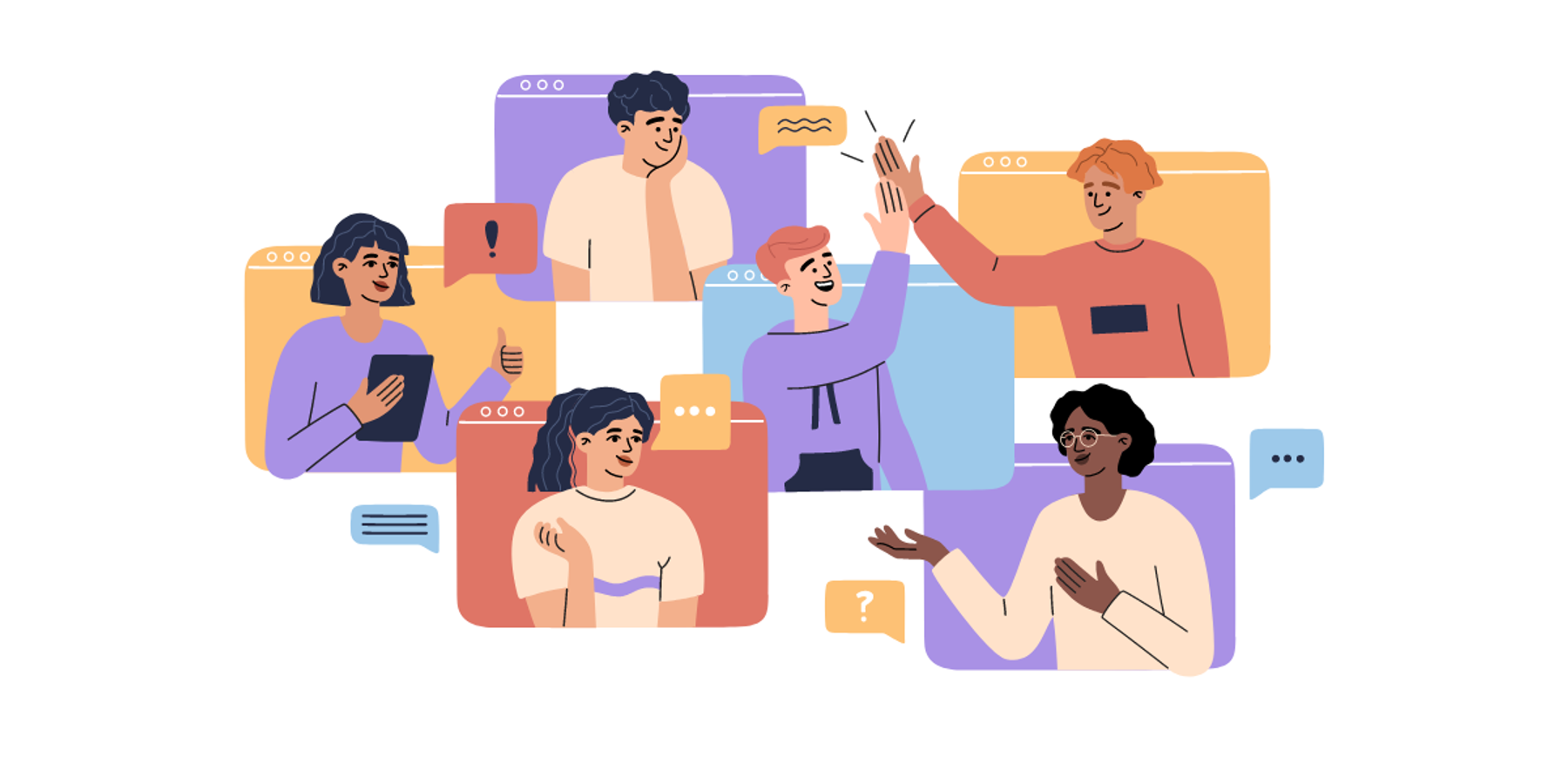Ten percent of the U.S. population, nearly 34 million people, identified as being mixed race or multiracial on the 2020 Census. That’s a 276% increase overall from 2010, and an increase as high as 1,000% and 230%, respectively, for folks who identified as “White and Some Other Race” and “Black or African American and Some Other Race” on the census.
In the years to come, experts say we can only expect yet-more dramatic growth from these identity groups. This, when the U.S. census only gave Americans the option to choose their own race in 1960 — before that, census takers looked at how people were perceived in their community, or applied the problematic one-drop rule — and the option to choose more than one race as recently as 2000.
While multiracial individuals have been around for much longer than the Census Bureau has tracked them, it’s only more recently that the unique needs and experiences of people with mixed or multiracial backgrounds are finally starting to be noticed.
And while the U.S. has its own complicated relationship with race and identity, the challenge of understanding and addressing the needs of multiracial individuals isn’t unique to this country. Thirty-six percent of Canadians and nearly three percent of Brits reported multiple ethnic origins in each country’s 2021 census. And in Latin America, nearly a quarter of people (23%) identify as being afrodescendiente, or having some African descent.
So, how can companies elevate the long-overlooked stories of mixed and multiracial talent? As is the case with so many DEIB topics, it starts with understanding their needs.
What does it mean to be mixed or multiracial?
The categorization itself is imperfectly defined. Race is a socially constructed concept, not a biological one. None of us are born identifying as a race(s). Instead, our racial identities are created through compounding social interactions over time.
A multiracial, mixed, or biracial person identifies, and is identified by others, as having two or more racial ancestries.
What are common challenges experienced by mixed or multiracial people at work?
Multiracial people often have to face extra bias, assumptions, and judgment, since the people they interact with may be bringing multiple stereotypes to the table. At work, that can look like:
- Getting asked inappropriate questions like “Where are you actually from?” or “What are you?”
- Receiving patronizing or fetishing comments on their physical appearance, including on their skin tone or hair texture
- Similarly being fetishized as the “future of humanity” or as a walking solution to racism
- Being excluded from certain groups (including race-based ERGs) for not identifying 100% with that group
- Experiencing a lack of role models they can identify with
- Being erased even from DEIB trainings, resources, and programming
- Feeling pressure to present as a certain way, hide certain aspects of their identity, or align with only one of their racial identities
What can companies do to elevate mixed and multiracial talent?
DEIB work is all about evolution. It focuses on looking at the way things have been done and finding ways to improve them, creating a more equitable playing field for all. Doing that to address the specific experiences of mixed and multiracial talent can include:
1. Collect better, more nuanced data.
You can’t help multiracial talent if you don’t know who they are. Make sure you format employee surveys in ways that will allow you to gather nuanced data on employees’ racial backgrounds, including by:
- Using checkboxes for racial identity questions that allows respondents to select multiple answers
- Including open field “choose to self-state” and “decline to state” options
- Asking the question “Do you identify as multiracial?” with answer options of “yes,” “no,” and “decline to state.”
2. Connect ERGs and help them collaborate.
An ERG that is purposefully intersectional will be many times more successful than one that isn’t. No group is a monolith, so make sure that different subsections of employee groups feel supported by:
- Co-hosting events, like a Black History Month event put on with your Hispanic and Latino ERG that can elevate Afro-Latino experiences
- Having open inscription, or allowing employees to join as many ERGs as they feel identified with, without gatekeeping access based on presentation
3. Celebrate multiracial individuals and experiences.
You can’t be what you don’t see — so show multiracial talent that there are multiple paths to success by highlighting the stories of multiracial individuals in your company, industry, and community. For example, you can do that by:
- Highlighting interracial solidarity, like celebrating how Indigenous Americans’ quest for tribal sovereignty has included support for the civil rights movement for Black Americans
- Spotlighting the history of multiracial identities, including by celebrating multiracial talent like Booker T. Washington, Lenny Kravtiz, and August Wilson
4. Embrace DEIB frameworks that explicitly include space for multiracial identities.
When conducting DEIB trainings, audits, and reports, make sure that you’re using theoretical frameworks that center a variety of relationships to how race is experienced and identified with. Consider this framework from Dr. Kelly Faye Jackson and Gina Miranda Samuels, who co-wrote Multiracial Cultural Attunement:
- Critical multiraciality, or challenging ideas of race as a neutral or natural fact
- Intersectionality, or understanding individuals as socially complex and embodying both privilege and disadvantage
- Social constructivism, or investigating the value of the experiences of multiracial individuals as legitimate
- Social justice, or taking action to disrupt dominant narratives of race that disadvantage multiracial individuals
5. Understand the specific mental health needs of multiracial people.
As the Society for Personality and Social Psychology explains, people from mixed, multiracial, and biracial backgrounds face unique challenges, including feeling excluded from the racial groups that they themselves identify with. This can lead to “serious well-being consequences, including depressive symptoms,” and can also lead mixed race individuals to struggle more with imposter syndrome, per Mental Health America.
That’s why it’s especially important to make sure that multiracial talent knows about the mental health resources your company offers to help them through their experiences on and off the job, which may include:
- Counseling, including from professionals who share their identity
- Meditation programs
- Group therapy
- Community connection and volunteer hours
6. Continue to learn more about multiracial experiences.
There’s not one version of what being multiracial looks like. To keep growing your understanding of this population, you need to keep taking in different kinds of stories. Whether you send out these resources for employees to read on their own time, host a book / article club to go over them, or build them into ongoing team meetings, consider spending time with stories like:
- Meghan Markle on being more than an “other,” for Elle
- An American teenager on what it’s like to grow up biracial, for Parents
- Six mixed-race Americans on “the loneliness of being mixed race” in the U.S., for Vox




